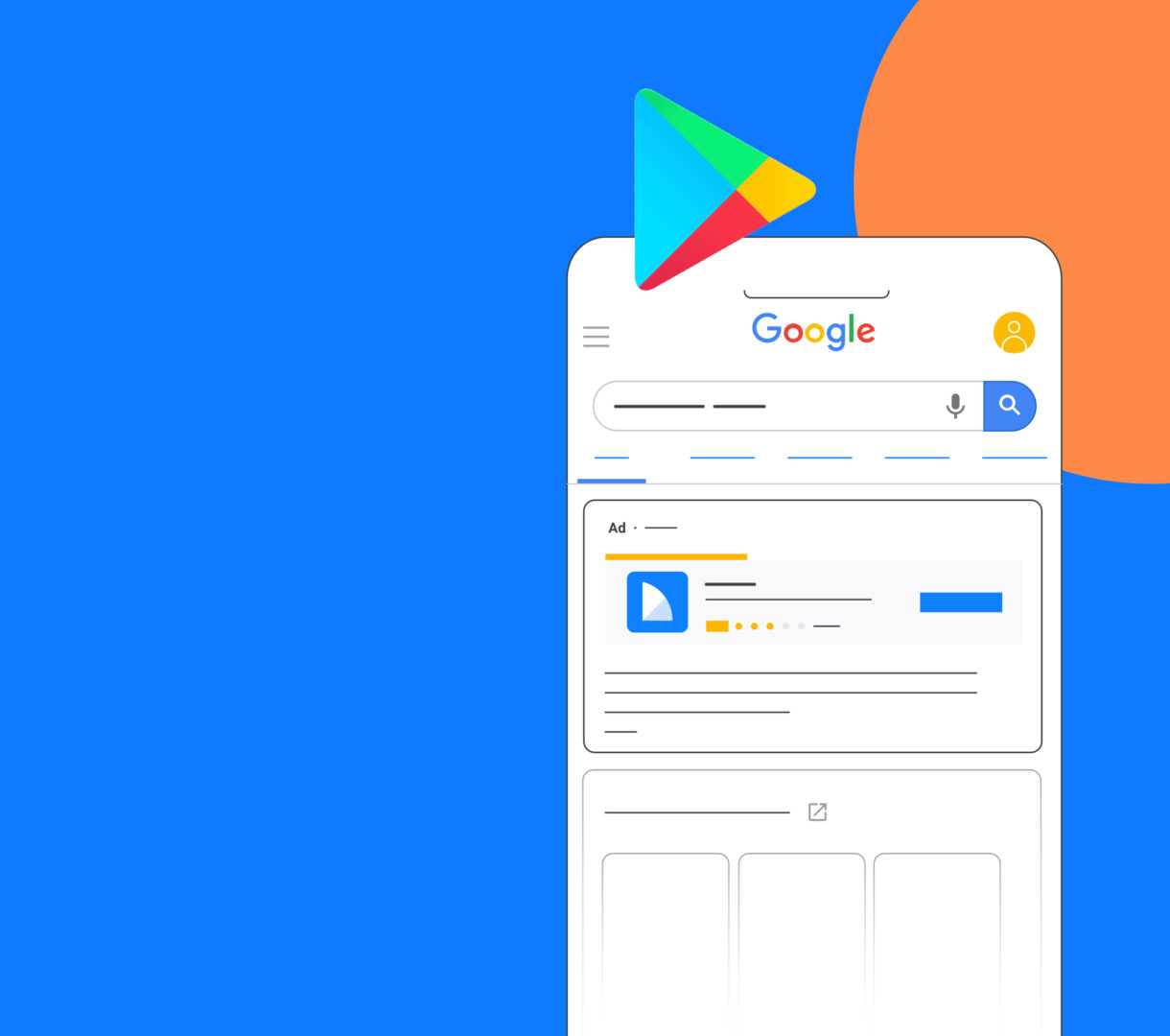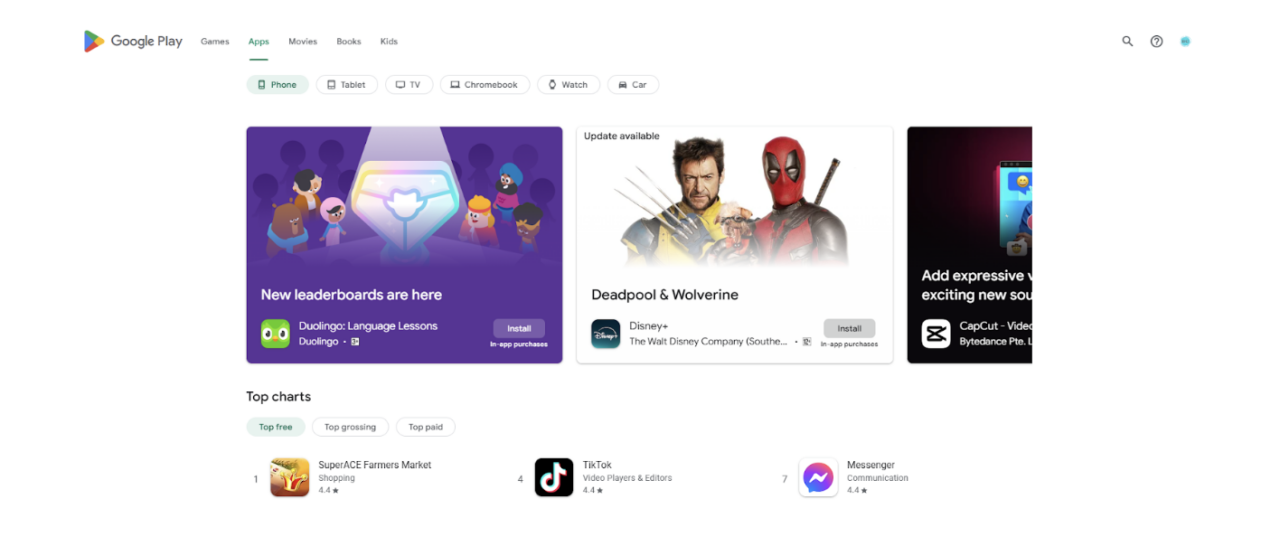
Best Practices for Running Effective Google App Campaigns
Why are Google App Campaigns a must-have in your app marketing strategy? In today’s competitive app market, reaching the right users at the right time is critical to drive downloads, encourage in-app engagement, and fuel long-term user retention.
Google App Campaigns offer a powerful way to achieve these goals by leveraging Google’s advanced machine learning to deliver tailored ads across its vast ecosystem—spanning Search, YouTube, Play Store, and more.
Whether you’re looking to build your app’s user base, retain valuable users, or drive specific in-app actions, mastering Google App Campaigns can transform your app’s growth trajectory.
In this guide, we’ll walk through 8 best practices for optimizing Google App Campaigns to help you meet your specific app marketing objectives. By the end, you’ll have a clear roadmap to set up, run, and scale effective Google App Campaigns.
1. Understanding Google App Campaigns
Google App Campaigns streamline the app advertising process by automating ad placements, creative formats, and targeting using AI. All you need to do is set your goals and upload ad assets, and Google’s machine learning does the rest.
There are three primary types of Google App Campaigns, each optimized for different stages in the app lifecycle:
- Install Campaigns: Aim to drive new app installs by reaching broad audiences.
- Engagement Campaigns: Encourage in-app actions to retain users and boost engagement.
- Pre-Registration Campaigns: Focus on collecting pre-registrations ahead of an app launch to build anticipation.
Understanding these campaign types allows you to align your ad strategy with your current business goals.
2. Define your goals to optimize your campaign
Establishing a clear goal is foundational for Google App Campaign success. Here are some common objectives and how to configure your campaign accordingly:
Goal 1: Build an audience
Create a campaign optimized for “Install volume” and target “All users.” Set a target cost-per-install (CPI) that reflects the average value of a new user. Ensure your budget is robust enough by setting a daily campaign budget at least 50 times your target CPI to allow the campaign to collect meaningful data.
Goal 2: Drive specific in-app actions
Target users likely to perform in-app actions by selecting “Install volume” but changing the audience to “Users likely to perform an in-app action.” Set a target CPI at least 20% higher than a broad install campaign since these actions often represent more valuable installs.
Goal 3: Engage users to complete in-app actions
Once you’ve identified which in-app action is most valuable to your business (e.g., completing a purchase), create a campaign that optimizes for this action. Choose a target CPA (cost-per-action) based on the average value of these users. A daily budget of at least 10 times your target CPA helps Google’s algorithm collect enough data.
Goal 4: Drive pre-registration sign-ups
Pre-registration campaigns use a Target CPA strategy to optimize for conversions leading up to app launch. You set a target CPA based on what you’re willing to pay per pre-registration, and Google does the rest. This strategy helps generate excitement and ensures a user base ready to engage when the app goes live.
3. Upload diverse creative to generate the best-performing ads
Creating an effective Google App Campaign requires a variety of high-quality, diverse assets to engage users and allow Google’s algorithm to optimize placements. A well-rounded set of assets provides flexibility, helping your ads reach users across multiple Google channels, from YouTube to Google Search and the Play Store.
You can upload up to 10 texts, 20 images, 20 videos, and 20 HTML5/playable assets per ad group, each serving a specific purpose in appealing to your audience.
Key best practices for each asset type
- Text: Keep your text concise, varied in length, and easy to read on its own. Focus on unique selling points and write in a conversational tone with clear, compelling calls-to-action (CTAs). Avoid making frequent changes to text assets to give Google’s algorithm time to optimize based on user engagement.
- Image: Choose high-resolution images that use the full ad frame and avoid cluttering with text overlays or logos. Experiment with popular image sizes to capture more attention and enhance placements across the Google network. Aim for impactful visuals that showcase your app’s features, drawing users in with an engaging preview of the experience.
- Video: Include a mix of video lengths between 10 and 30 seconds, with various orientations (portrait, landscape, and square) to broaden ad placements and reach. Videos that feature your app in action tend to resonate more, giving users a feel for what the app offers. Clearly display CTAs within the video to encourage user interaction and boost conversion potential.
- HTML5/Playable Assets (for Mobile Game Marketers): If promoting a mobile game, playable ads offer an interactive preview of the gameplay, which can significantly increase engagement. Prioritize smooth, visually appealing content that allows users to interact without unnecessary delays.
Optimize and refresh
Regularly evaluate your asset performance using Google’s Ad Strength indicator. This tool provides insights into asset effectiveness, helping you identify underperforming assets and replace them with fresh content. Keep an eye on the asset report to ensure your campaign stays optimized and remains engaging for users.
To further improve performance, consider grouping similar assets in separate ad groups based on themes. This organization helps Google’s algorithm learn user preferences and tailor placements for each asset type, maximizing reach and effectiveness.
4. Set up deep links for seamless web-to-app experiences
Deep links improve user experience by connecting mobile web ads directly to in-app content, enabling actions like purchases or sign-ups without app navigation friction. This approach boosts conversion rates—advertisers who implement deep linking see an average 2x lift in conversion.
To simplify setup, leverage Web to App Connect, a step-by-step solution for setting up deep links, conversion tracking, and bid optimization. This integration between marketing and developer teams ensures that users can transition seamlessly between your app and ads.
5. Adopt privacy-centric solutions for better campaign measurement
As privacy standards evolve, so must your campaign measurement practices. Here’s how to adapt while maintaining data-driven insights:
- Conversion tracking: Track installs and in-app actions to evaluate campaign impact accurately.
- Google Analytics 4 (GA4): Use GA4 for insights across both your website and app, even if you use a separate attribution partner.
- Conversion modeling: Google’s conversion modeling helps fill data gaps to ensure comprehensive measurement.
- iOS campaign considerations: For iOS campaigns, integrate with SKAdNetwork, the ATT prompt, and on-device conversion measurement for enhanced iOS measurement capabilities.
6. Set up the right bid
The right bid and budget ratio is crucial to avoid constraints that can limit campaign performance. Here are some bid-to-budget ratios to consider:
- For Install Campaigns (target CPI) and Pre-Registration Campaigns, set a budget at least 50 times the bid.
- For Engagement Campaigns (target CPA), ensure the budget is 15 times the bid.
If campaigns are “Limited by budget” or underperforming due to bid constraints, increase your budget or adjust your bid to provide the necessary runway for ad delivery and performance optimization.
Targeting one in-app action (for CPA campaigns only)
When setting target CPA campaigns, focus on a single in-app action to prevent blended target results, which could dilute optimization focus. Navigate to the Google Ads “Settings” tab, where you can confirm the action targeted by your campaign.
7. Use App Uplift Experiments
App Uplift Experiments lets you test the impact of adding or optimizing assets like video on campaign performance. To get the most from these experiments:
- Set a campaign budget and bid that supports at least 100 daily conversions for statistically significant results.
- Use a 50/50 traffic split between control and experimental groups for faster insights.
- Monitor the experiment with an 80% confidence level for quicker data validation.
If the experiment is inconclusive, make incremental changes or adjust the budget and bid strategy to optimize outcomes. Experiment results should guide asset updates to achieve measurable performance improvements.
Other best practices for running effective google app campaigns
Aside from what we have already discussed above, we would like to give you a quick rundown of other important strategies you should adopt for your app campaigns:
1. Conversion tracking
- Set up conversion tracking to monitor and analyze your campaign’s performance accurately. By tracking specific events, you can optimize campaigns based on real-time results and improve ROI.
2. Enable auto-tagging
- Note: This applies to all bidding strategies. Auto-tagging is essential for app conversion measurement and attribution. You can turn on auto-tagging in the Google Ads account.
3. Configure conversion settings for in-app actions
- For campaigns tracking in-app events, ensure that conversion settings are configured correctly for relevant actions.
4. Track conversion values for in-app actions
- Note: This applies only to the tROAS bidding strategy. Tracking the value of a completed event is crucial to accurately assess the return on ad spend.
5. Avoid setting a conversion value for install events unless necessary
- For ACi campaigns using tROAS, avoid assigning a value to install events unless they hold an inherent economic value.
6. Set conversion windows for in-app actions
- Note: For ACi and ACe tROAS campaigns, ensure your conversion window captures timely feedback. Conversion windows for in-app actions should ideally be set to 30 days or less.
7. Optimize creatives
- Ensure that each ad group’s Ad Strength is at least “Good.” Additionally, include approved assets in each format (text, image, video) to appeal to diverse audiences.
8. Avoid cannibalization
- Running multiple campaigns that target the same user groups may lead to internal competition. Avoid overlapping audiences, apps, and locations across campaigns.
9. Enable attribution sharing
- Note: This applies to all bidding strategies. Attribution sharing allows different campaign types to track conversions across multiple objectives.
10. Avoid major campaign changes during the learning phase
- Making changes before the campaign completes 100 conversions can interrupt performance. Refrain from adjusting conversion settings, geo-targeting, high-performing assets, or bids during this period.
Implementing these best practices will ensure your Google App Campaigns operate efficiently, capturing valuable conversions and insights to maximize your app’s reach and ROI.
Run effective Google App Campaigns now
Running effective Google App Campaigns is a game-changer for driving app installs, engagement, and pre-registrations. By implementing the best practices we’ve covered—defining clear goals, utilizing diverse creative assets, setting up deep links, adopting privacy-centric measurement solutions, and leveraging tools like App Uplift Experiments—you can maximize your app’s visibility and ROI.
But navigating the complexities of app marketing can be overwhelming. That’s where ShyftUp comes in. As a premier user acquisition agency, ShyftUp specializes in crafting tailored strategies that deliver measurable results. From optimizing your Google App Campaigns to expertly managing Apple Search Ads, ShyftUp has the expertise, tools, and data-driven insights to elevate your app marketing efforts.
Ready to take your app to the next level? Partner with ShyftUp and let us help you unlock the full potential of your app campaigns. Reach out today and see the difference a dedicated user acquisition partner can make!
1. Understanding Google App Campaigns
2. Define your goals to optimize your campaign
Goal 2: Drive specific in-app actions
Goal 3: Engage users to complete in-app actions
Goal 4: Drive pre-registration sign-ups
3. Upload diverse creative to generate the best-performing ads
Key best practices for each asset type
4. Set up deep links for seamless web-to-app experiences
5. Adopt privacy-centric solutions for better campaign measurement
Targeting one in-app action (for CPA campaigns only)
Other best practices for running effective google app campaigns
3. Configure conversion settings for in-app actions
4. Track conversion values for in-app actions
5. Avoid setting a conversion value for install events unless necessary
6. Set conversion windows for in-app actions
